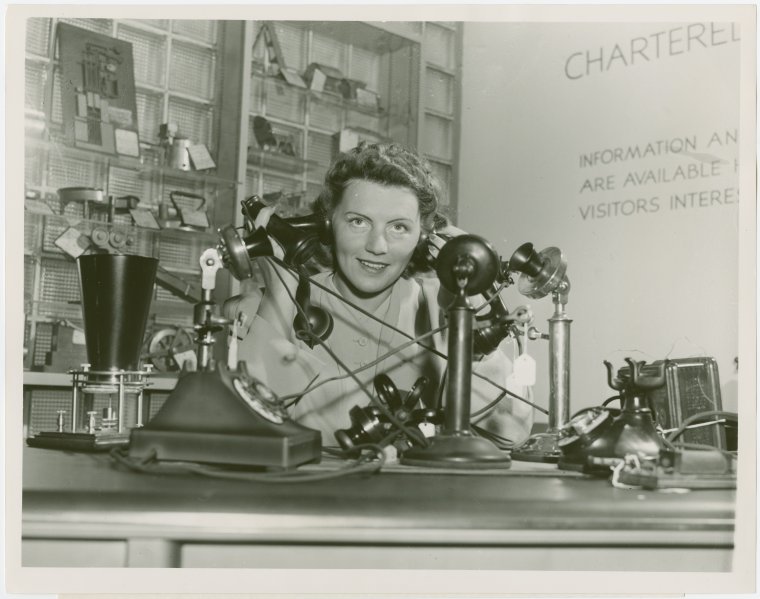aNewDomain — Tone is a quality, feeling or attitude expressed by words someone uses in speaking or writing. Brand tone is vital to expressing your company’s overall identity as it shows off your brand’s personality, reinforces why your customers want to do business with you and helps distinguish you from your competitors. When it comes to your brand tone, what you say is as important as how you say it.
Defining Your Tone
Your company’s values are the essence of who you are and those values need to be conveyed in all of your communication and content. Once you have determined your company’s values, you can start defining your personality. Think of it this way: Your company values are what you say, and your company personality is how you say it. Your overall brand tone should be unique and distinctive and, if consistently used, recognizable as your company’s identity.
Establishing Character
From sounding hip by using the latest slang to coming off slightly exclusive by employing clinical and scientific terminology for a professional services organization or association, you need to ask yourself: “Who does my brand tone sound like?” to engage the right audience for your company and products. Think about who your customers are and what sort of persona and vocabulary (words, phrases and jargon) would attract them.

Be Consistent
Your brand tone must be reflected anywhere a customer comes in contact with your company — your website, social media messaging, the newsletters your send out, the press releases you write and even your product packaging must all convey the same tone. Brand tone should be used in communications across all divisions, departments and countries so that everything your company writes sounds like it’s using the same language. If it’s done right, everyone who writes for your brand will have clear directions about how to write in a way that supports who you are, what you stand for and why customers should do business with you.
Be Authentic, Build Trust
When you’re consistent and authentic in the language you use, your brand tone becomes more familiar to your customers, and they in turn feel more and more at ease when something is recognizable. There is a strong link between familiarity and trust, paving the way for a solid business relationship. If your company sticks to what it knows and the promises it has made to its customers, in time, you will build a loyal following.
Create A Style Guide
Once you have defined your brand tone, it’s vital to make sure it’s used in all communication. One way to help enforce a consistent brand tone is to create an easy-to-understand style guide for employees and freelancers. Explain what your company’s brand tone is and why it’s important. Make the definition clear and easy to follow and make sure it is read and understood. Don’t let your guide sit on a shelf. Conduct training sessions with staff via face-to-face meetings or webinars (that you can record and make available for refreshers and new employees) to review the points of the style guide.

Review Your Tone
Don’t just think that creating a style guide will solve all your brand tone problems. Tone is something that must be cultivated and continually audited. Are the materials that you’re putting out keeping up with the characteristics you’ve decided make up your company’s values? Set up a branding task force whose primary function is to continually look at the content and collateral that your company is putting out to make sure it follows your tone guidelines.
Tell Your Story
Once you’ve established what you’re saying and how you’re going to say it, it’s time to tell your company story. Stories make information more memorable and relatable to your customers. Besides being an obvious advertisement for your company, stories can be used to tell your employee or customer story by sharing the unique personalities that make up your business or a great review that really makes your product shine. A good story should focus on a specific person, draw out a basic emotion like frustration or excitement and feature a struggle where the character learns a lesson.
For aNewDomain, I’m Jolene Campbell.
Image credits: Vintage Telephone Operator by Matt Hobbs of Viintage, Megaphone by Slphotography of Thinkstock Photos, Tin Can Conversation by Fuse of Thinkstock Photos













